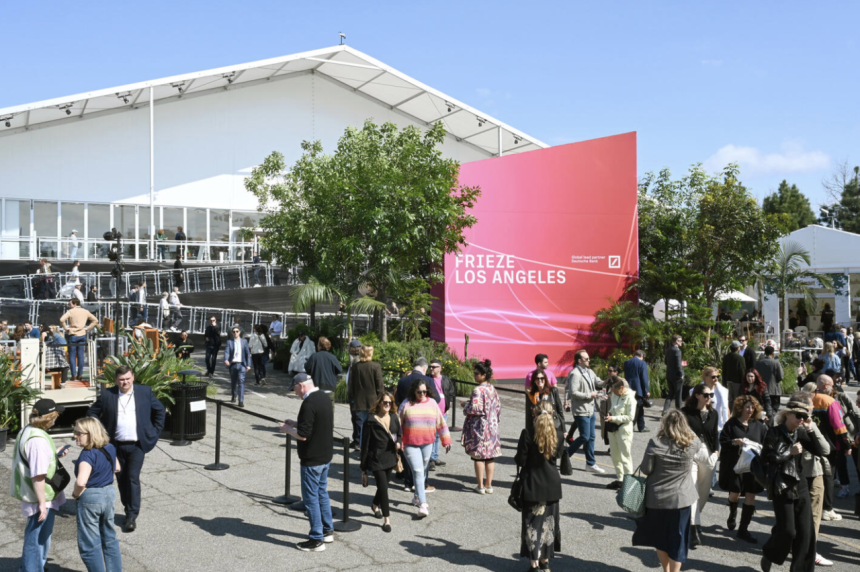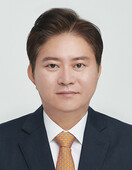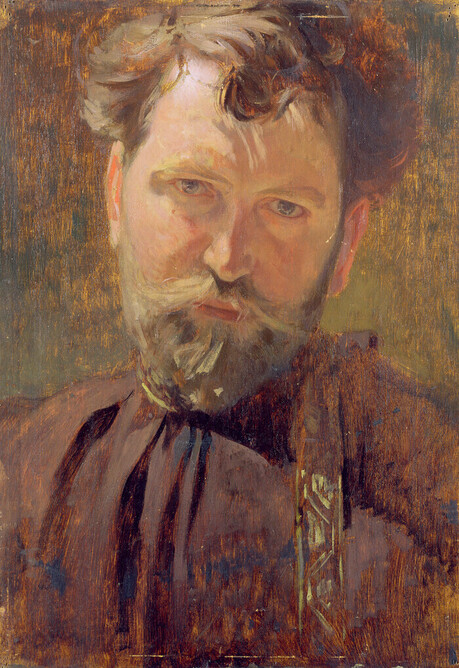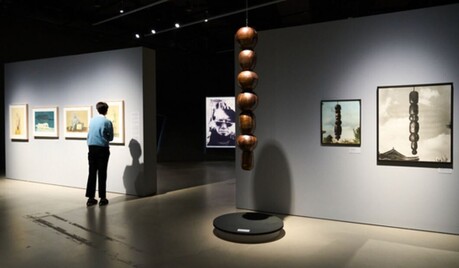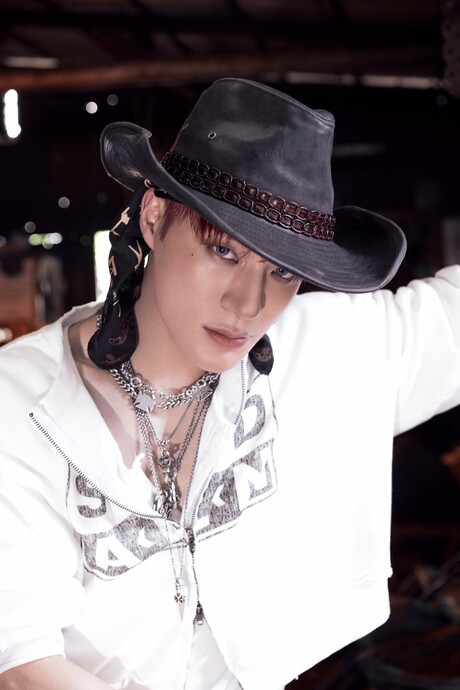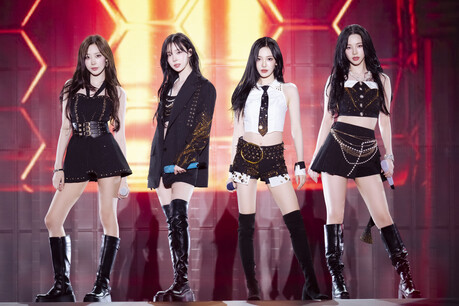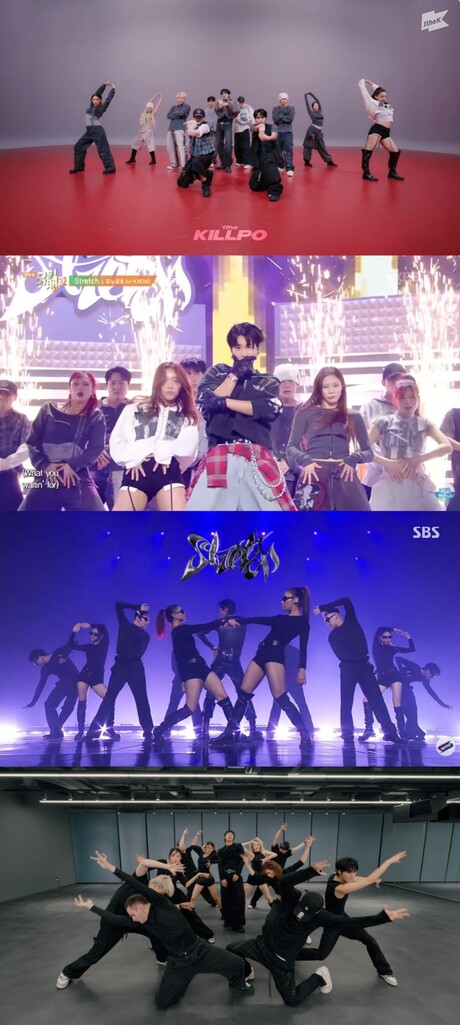In October 2025, Donald Trump announced a sweeping 100 percent tariff on all Chinese imports. Global markets trembled, but the shock went far beyond manufacturing and tech. The art world—normally insulated from policy storms—felt the chill immediately. What looked like an economic maneuver quickly revealed itself as something deeper: a cultural policy disguised as trade.
Art has always been a language that crosses borders. Tariffs, by design, close them.
Though fine art remains technically exempt under U.S. trade law, everything surrounding it—production, shipping, insurance, framing, and materials—has been hit. Dealers in New York report double-digit jumps in transport costs and weeklong customs delays. Some galleries have postponed exhibitions indefinitely, while collectors hesitate to buy amid uncertainty. Fear has become the market’s most expensive tax.
“This is the most challenging moment for galleries in at least twenty years,” said artist Sanford Biggers at the Armory Show in New York. His words spoke not only to lost sales but to something more existential—the sense that artistic freedom itself is being held hostage to political volatility.
According to Artnet, fine-art auction sales in the first half of 2025 fell 8.8 percent from last year and more than 40 percent compared with 2022. The Art Dealers Association of America even canceled The Art Show for the first time in its 35-year history. Such numbers tell a story of more than economic contraction—they reveal a crisis of confidence.
Meanwhile, London, Geneva, Singapore, and Hong Kong are quietly replacing New York as more stable trade hubs. The cultural current that once flowed through America’s open ports is shifting elsewhere.
The higher the trade wall rises, the further the creative capital drifts away.
Trump’s tariff crusade may deliver short-term political gains, but it erodes America’s long-term cultural credibility. Art is not an industrial commodity; it’s a measure of a society’s expressive freedom. By treating it as trade collateral, the U.S. risks dismantling the very foundation of its soft power—the openness that made New York the global capital of art in the first place.
Of course, the art world will adapt.
Dealers will downsize, artists will turn to digital platforms, collectors will trade across virtual borders. Art always finds a way to survive.
But survival without trust comes at a cost. A cautious market becomes a colder one. When creation is reduced to compliance, what remains is not culture but inventory.
Trump’s tariffs, sold as “economic sovereignty,” are in truth producing cultural isolation. America once moved the world through jazz, Hollywood, architecture, and modern art—not because it built walls, but because it tore them down. That openness is now fading into paperwork and fear.
Nineteenth-century economist Frédéric Bastiat once warned,
“When goods don’t cross borders, soldiers will.”
Today, his wisdom demands an update:
“When art stops crossing borders, understanding disappears.”
Art can survive without profit.
But it cannot survive without freedom.
And that freedom—America’s greatest export—is now what’s truly under tariff.
SayArt.net
Jason Yim yimjongho1969@gmail.com


